Marijuana leaf problems are relatively common, especially among new growers. What makes them so difficult to deal with is the many potential causes, from pests and diseases to nutrient deficiencies and environmental stressors.
Here are ten of the most common marijuana leaf problems, along with their possible causes and solutions;
1. Nutrient Burn
Nutrient burn is one of the most common problems faced by cannabis growers, especially those who are new to growing. Although Brown or yellow leaves characterize it, when nutrients are over-applied, the roots cannot absorb them.
The most common cause of the nutrient burn is over-fertilization. When nutrients are applied in too high of a concentration, they can “burn” the leaves, causing them to turn brown or yellow. Another possible cause is if the roots cannot absorb the nutrients due to a lack of oxygen (this is often caused by overwatering).
Solution for Nutrient Burn
First, flush the soil with clean water to remove any excess nutrients. If the problem is caused by overwatering, allow the soil to dry out completely before watering again. If the leaves are still yellow or brown after flushing, you may need to fertilize with a nutrient solution lower in concentration.
2. Incorrect pH Range
The pH of your soil or water can have a significant impact on the health of your plants. If the pH is too high or too low, it can prevent the roots from absorbing nutrients properly. This can lead to nutrient deficiencies and other problems.
The ideal range for cannabis plants is between 6.0 and 7.0. If the pH exceeds this range, it will need to be adjusted.
There are a few different things that can cause the pH to be outside of the ideal range. For example, if you are using tap water, it may be too high or low. Another possibility is that the soil you are using is not well-buffered and is thus more susceptible to changes in pH.
Solution for Incorrect pH Range
If the pH is too high, you can add sulfur to lower it. If the pH is too low, you can add lime to raise it. Be sure to test the pH again after making adjustments to ensure it is in the correct range.
3. Spider Mites
Spider mites are tiny pests that can cause significant problems for cannabis plants. They feed on the plants, sucking out the nutrients and causing the leaves to turn yellow or brown. In severe cases, they can kill the plant.
Spider mites are usually brought into the grow room on new plants or other infested plants. However, they can also come in on clothing or other objects. Once they are in the grow room, they quickly multiply and spread to other plants.
Solution for Spider Mites
The best way to get rid of spider mites is to use an insecticide. Be sure to follow the instructions on the label, as spider mites can be difficult to control. Alternatively, you can try using a natural predator such as ladybugs or green lacewings.
4. Powdery Mildew
Powdery mildew is a type of fungus that affects cannabis plants. It is characterized by a white or gray powdery substance on the leaves. Left untreated can cause the leaves to turn brown and die.
Powdery mildew is often caused by high humidity and poor air circulation. The fungus thrives in humid environments and can spread quickly if the conditions are right.
Solution for Powdery Mildew
The best way to prevent powdery mildew is to keep the grow room well-ventilated. If the problem is already present, you can use a fungicide to get rid of it. However, be sure to follow the instructions carefully, as some fungicides can be harmful to plants. Another alternative is using a natural remedy such as baking soda or garlic.
5. Nitrogen Deficiency & Toxicity
Nitrogen is one of the essential nutrients for cannabis plants. It is responsible for the growth of leaves and stems and helps the plant produce chlorophyll. A nitrogen deficiency can cause the leaves to turn yellow or brown, and the plant will stop growing.
Too much nitrogen can also be a problem. Nitrogen toxicity will cause the leaves to turn yellow or brown, and the plant will stop growing. However, the symptoms of nitrogen toxicity are often different from those of a deficiency. For example, the leaves may be smaller, and the stems may be thinner.
Solution for Nitrogen Deficiency & Toxicity
If you suspect a nitrogen deficiency or toxicity is the problem, the first step is to test the soil or water. If the nitrogen levels are too high or low, you will need to adjust the nutrient solution accordingly.
Another possibility is that a lack of other nutrients causes the problem. For example, a phosphorus deficiency can cause symptoms similar to a nitrogen deficiency. Be sure to test the soil or water for all significant nutrients to rule out any other possible problems.
6. Bud Rot
Bud rot is characterized by brown or black spots on the buds. The spots will gradually get larger, and the bud will rot from the inside out. If left untreated, bud rot can kill the plant. Bud rot is caused by a type of fungus called botrytis cinerea. The fungus thrives in humid environments and can spread quickly if the conditions are right.
Solution for Bud Rot
If you suspect that bud rot is the problem, the best course of action is to remove the affected buds. This will help to prevent the fungus from spreading. You can also try using a fungicide but follow the instructions carefully. Some fungicides can be harmful to plants.
7. Blossom End Rot
Blossom end rot is characterized by small black or brown spots on the bottom of the buds. The spots will gradually get larger, and the bud will rot from the inside out. If left untreated, blossom end rot can kill the plant. Blossom end rot is caused by a lack of calcium in the soil. High temperatures and low humidity often compound the problem.
Solution for Blossom End Rot
The best way to prevent blossom end rot is to ensure that the soil has enough calcium. You can also try using a calcium supplement, such as a bone meal. If the problem is already present, you can try using a fungicide to get rid of it.
Bottom Line
Cannabis plants are susceptible to a variety of problems. Some of the most common problems include powdery mildew, bud rot, and blossom end rot. The best way to prevent these problems is to keep the grow room well-ventilated and to test the soil or water for nutrients. If a problem is already present, you can try using a fungicide or other remedy to get rid of it.

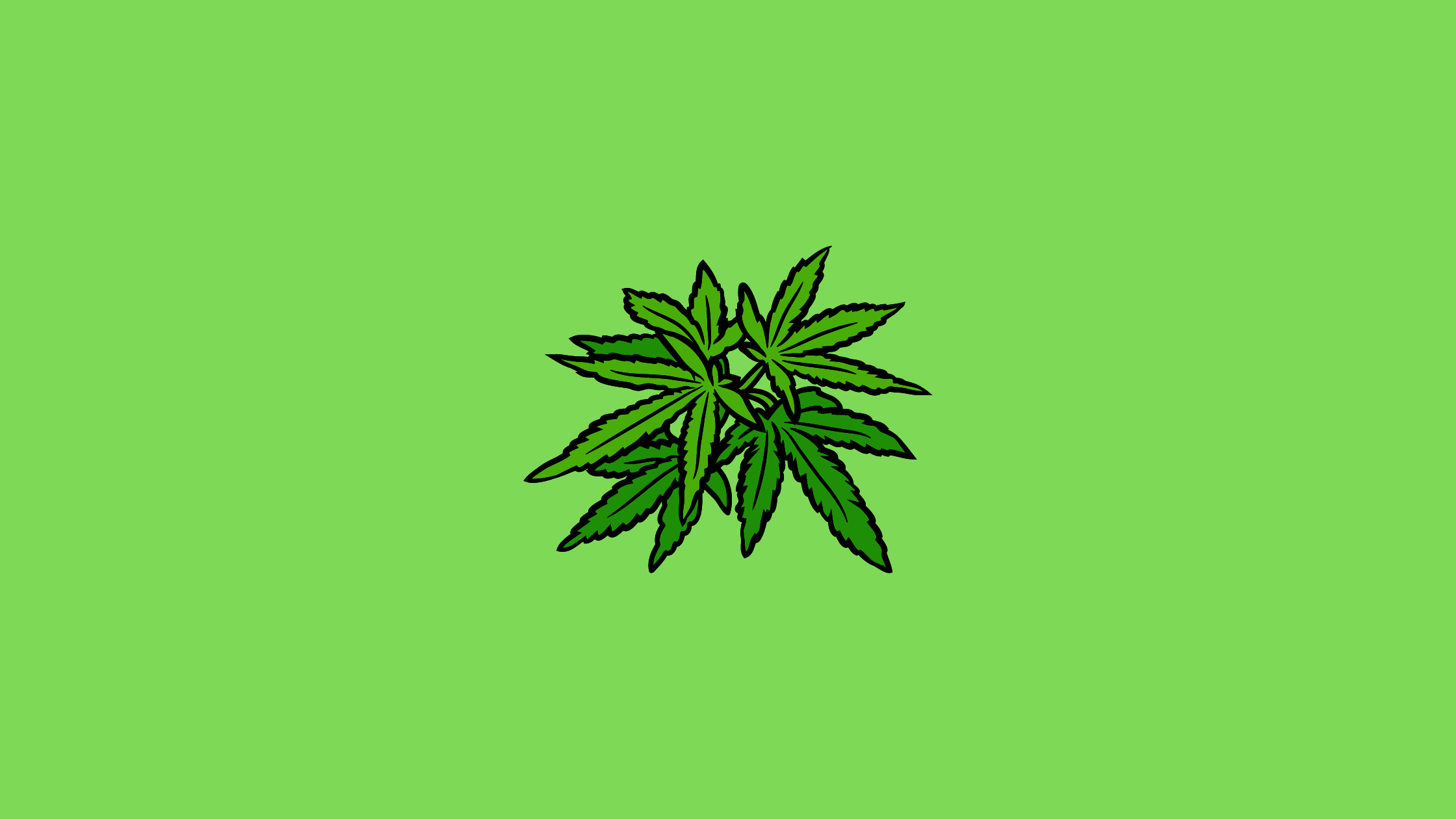

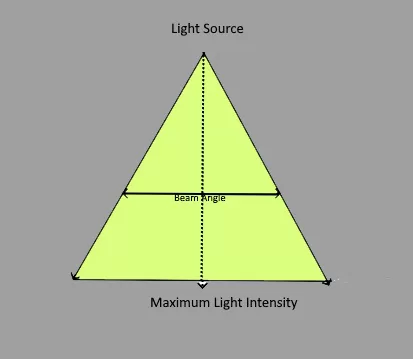
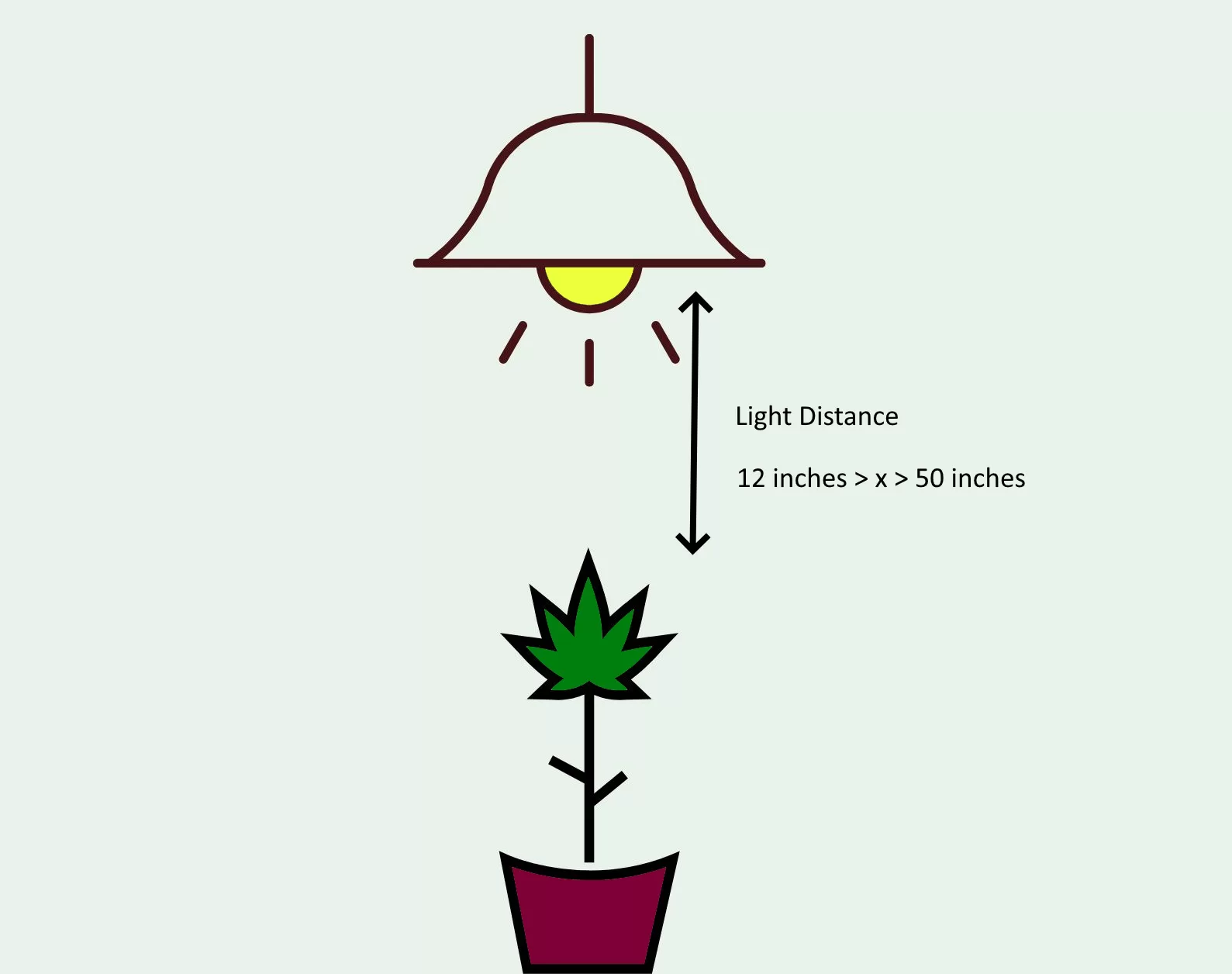


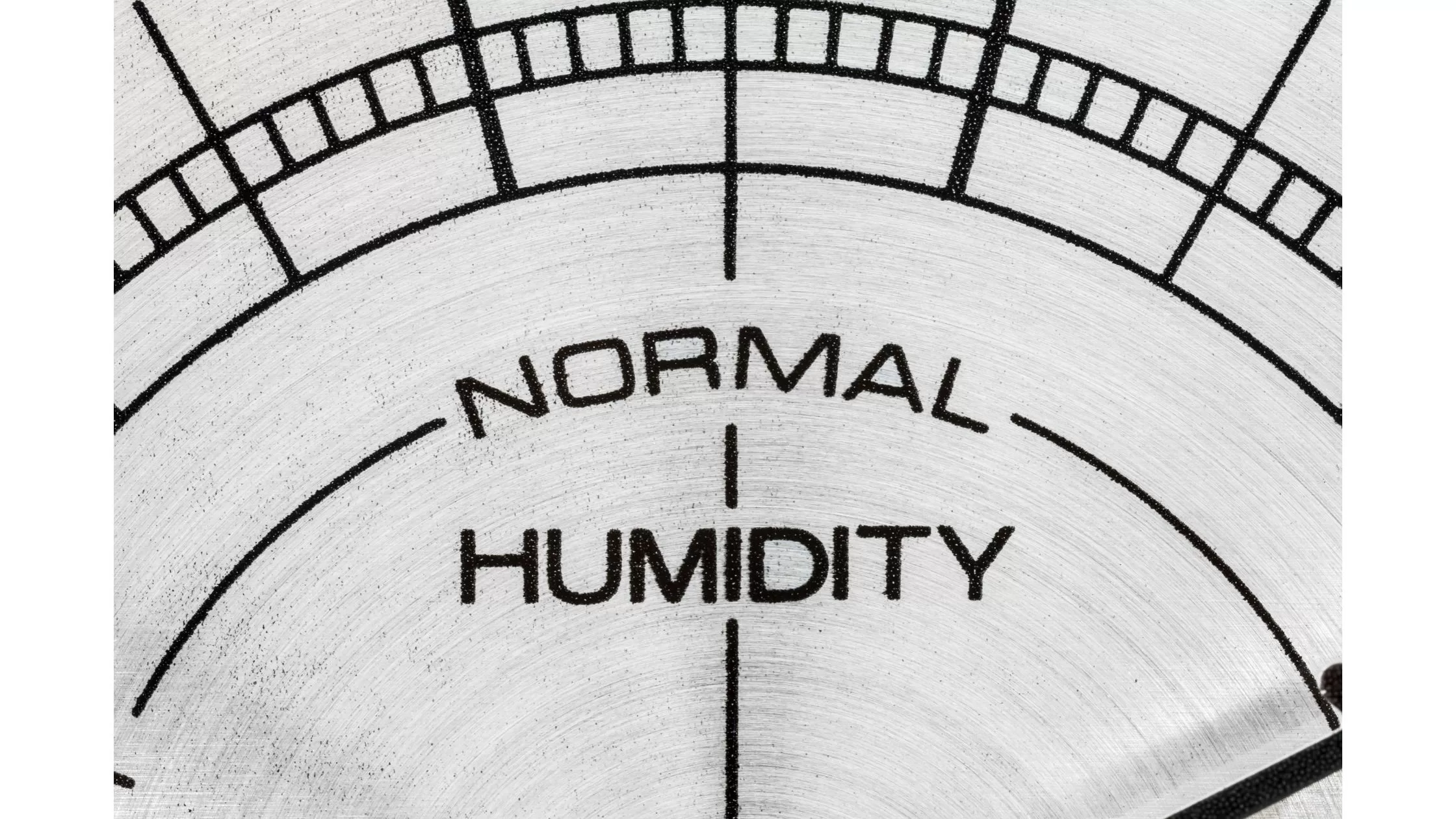

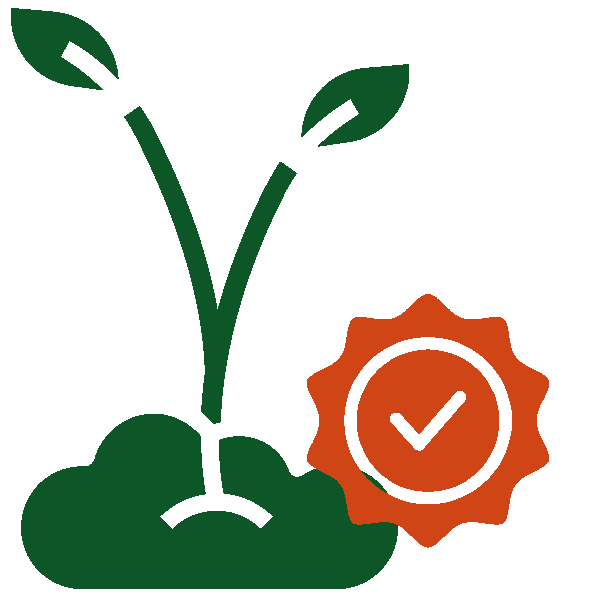


Please advise of brand names and examples of products you call, fungicide, or insecticides that you can safely use on your plants.
Honestly, it depends on the problem your dealing with and if your an indoor or outdoor grower but we recommend you check out https://www.domyown.com/